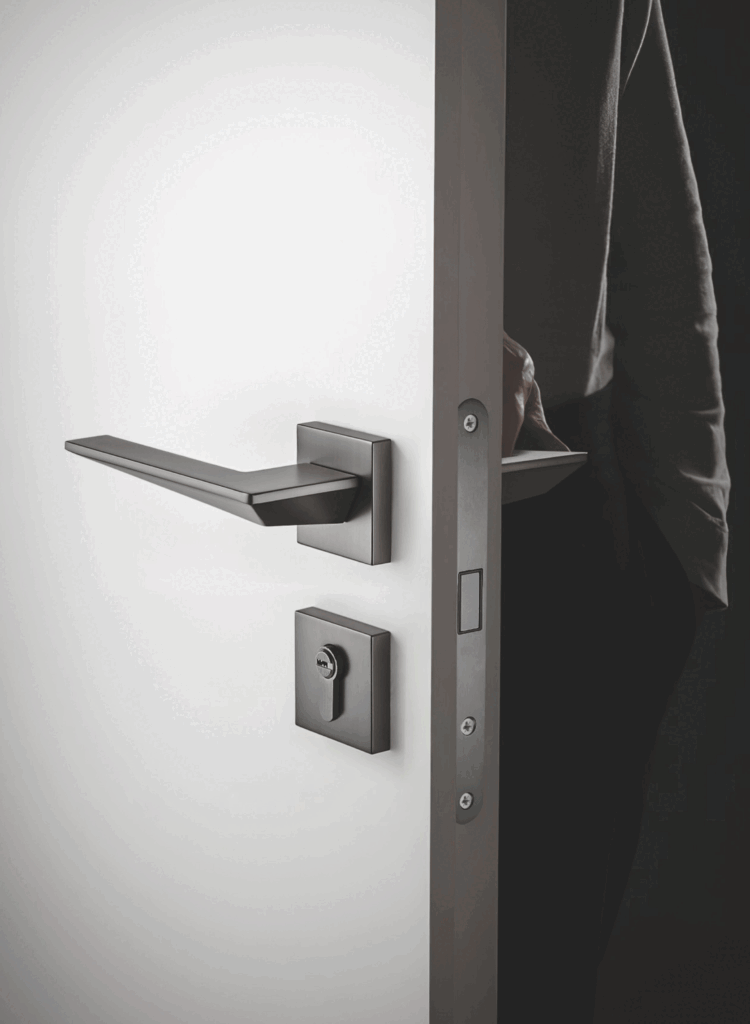Introduction
A door mortise lock is a cornerstone of home and commercial security. Its durability and robustness make it a preferred choice for high-traffic areas. But like any mechanism, it has a lifespan. Knowing when to replace your mortise lock ensures both security and functionality. So, how often should you replace a mortise lock, and what factors influence its longevity?
The Lifespan of a Mortise Lock
On average, a high-quality mortise lock lasts between 7 to 10 years. However, this lifespan can vary due to several factors:
- Material and Build Quality: Premium-grade locks made from solid brass or stainless steel typically last longer than cheaper alternatives.
- Usage Frequency: Locks in high-traffic commercial doors endure more wear and tear compared to those in residential settings.
- Environmental Conditions: Exposure to moisture, extreme temperatures, or corrosive elements can shorten a lock’s lifespan.
- Maintenance: Proper care, such as regular cleaning and lubrication, significantly extends the lock’s usability.
Signs It’s Time to Replace Your Mortise Lock
Recognizing the warning signs of a failing mortise lock can prevent potential security risks. Here are the key indicators:
- Difficulty in Locking or Unlocking: If the key gets stuck or requires excessive force, the internal mechanism may be worn out.
- Visible Damage or Corrosion: Rust or physical damage compromises the lock’s integrity.
- Frequent Repairs: If you’ve repaired the lock multiple times within a short period, replacement might be more cost-effective.
- Loose Components: Handles or cylinders that wobble can indicate internal wear.
- Outdated Security Features: Older locks may lack modern security advancements, making them vulnerable to breaches.
- Inconsistent Functionality: A lock that works intermittently is a sign of internal failure.
Maintenance Tips to Extend the Life of Your Mortise Lock
Proper maintenance ensures your mortise lock remains functional and secure for as long as possible. Here’s how you can take care of it:
- Regular Cleaning: Dust and grime can accumulate in the lock mechanism. Use a dry cloth or compressed air to clean it periodically.
- Lubrication: Apply a graphite-based or silicone spray lubricant to the keyway and internal parts every six months.
- Tighten Loose Screws: Inspect and secure all screws to prevent misalignment.
- Protect Against Rust: Use rust-resistant sprays if your lock is exposed to moisture.
- Professional Servicing: Schedule an annual check-up with a locksmith to identify and address potential issues early.
How to Replace a Mortise Lock
Replacing a mortise lock might seem daunting, but it’s manageable with the right tools and steps:
- Gather Tools: Screwdriver, replacement lock, and measuring tape.
- Remove the Old Lock: Unscrew and detach the lock body, handle, and faceplate.
- Measure the Mortise: Ensure the new lock matches the dimensions of the existing cavity.
- Install the New Lock: Insert the new lock, attach the faceplate, and secure it with screws.
- Test the Lock: Check the functionality to ensure smooth operation.
The Risks of Ignoring a Faulty Mortise Lock
Failing to replace a compromised mortise lock can lead to severe consequences:
- Security Vulnerabilities: A worn lock is easier to pick or force open.
- Inconvenience: Difficulty in operation can cause frustration and delays.
- Higher Costs: Neglected locks may require more expensive emergency repairs.
- Loss of Property: An unreliable lock increases the risk of theft or break-ins.
Conclusion
Replacing a mortise lock is not just about maintaining functionality—it’s about ensuring safety and peace of mind. Regular inspections, proper maintenance, and timely replacements are key to maximizing the value of your locks. If you’re looking for premium-quality mortise locks, handles, hinges, or door closers, explore our extensive range of products designed for durability and style.
Share This Story, Choose Your Platform!

